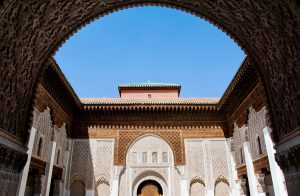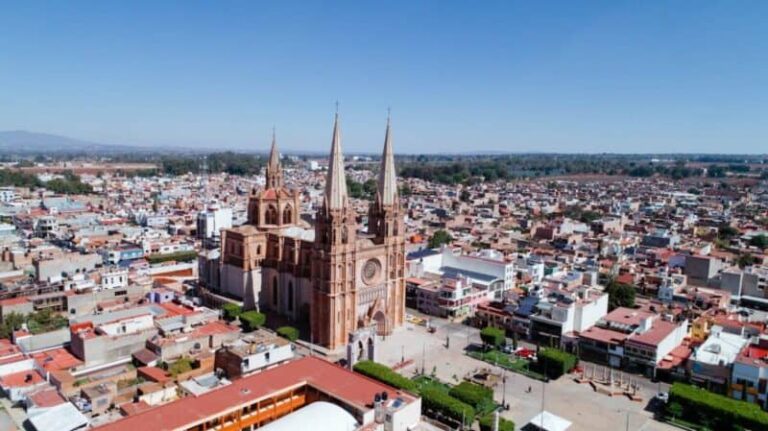Saint Peter Chrysologus 5th C. Bishop
Saint Peter Chrysologus was born around 380 and died about 450. He was an Italian Christian Bishop of Ravenna from about 433 until his death. Saint Peter Chrysologus is known as the “Doctor of Homilies” for the concise but theologically rich homilies he delivered during his time as the Bishop of Ravenna. He was declared a Doctor of the Catholic Church in 1729. You can listen to his homilies. There are three volumes of “selected sermons” in the “Fathers of the Church” series (17, 109, and 110), published by the Catholic University of America Press. Despite the title, this includes all the genuine sermons. Will you listen?

Saint Peter Chrysologus Biography
Saint Peter Chrysologus was born in Imola, where the local bishop Cornelius baptized him, educated him, and ordained him a deacon. He was made an archdeacon through the influence of Emperor Valentinian III. Pope Sixtus III appointed Peter as Bishop of Ravenna in about 433. At that time, Ravenna was the capital of the Western Roman Empire, and there are indications that Ravenna held the rank of metropolitan before this time. So, this was an important appointment.
As recorded in the Roman Breviary, Sixtus had a vision of Pope Peter the Apostle and Apollinaris of Ravenna, the first bishop of that see, who showed Peter, a young man, the next Bishop of Ravenna. When a group from Ravenna arrived, including Cornelius and his Saint Peter Chrysologus from Imola, Sixtus recognized Peter as the young man in his vision and consecrated him as a bishop.
People knew Saint Peter Chrysologus, the Doctor of Homilies, for his short but inspired sermons. He was afraid of losing the attention of his audience. His piety and zeal won universal admiration, and he was famous. After hearing the oratory of his first homily as bishop, Roman Empress Galla Placidia supposedly gave him the surname Chrysologus, meaning “golden-worded.” His sermons are historically significant in that they reveal Christian life in fifth-century Ravenna.
In his homilies, Saint Peter Chrysologus explained Biblical texts briefly and concisely, condemned Arianism and Monophysitism as heresies, and explained the Apostles’ Creed, the mystery of the Incarnation, and other topics in simple and clear language. He dedicated a series of homilies to John the Baptist and Mary. He argued for the daily reception of the Eucharist. He urged his listeners to confide in the forgiveness offered through Christ. His surviving works attest to the Catholic Church’s traditional beliefs about Mary’s perpetual virginity, the penitential value of Lent, Christ’s Eucharistic presence, and the primacy of St. Peter and his successors.
There is also a letter of Saint Peter Chrysologus that survives. A synod held in Constantinople in 448 condemned Eutyches for Monophysitism; Eutyches then appealed to Peter, and he responded. The Acts of the Council of Chalcedon (451) preserves the text of a letter in response to Eutyches; Peter admonishes Eutyches to accept the ruling of the synod and to give obedience to the Bishop of Rome as the successor of Peter the Apostle.
Saint Peter Chrysologus died in about 450 during a visit to Imola, the town of his birth. In 1729, he was declared a Doctor of the Church; his feast day, not already included in the Tridentine calendar, was inserted in the General Roman Calendar for celebration on December 4. In 1969, his feast was moved to July 30, as close as possible to the day of his death, July 31. It is the feast day of Ignatius of Loyola.
Conclusion
Here we have a Saint who is unique among all the saints covered before. Readers can listen to this one, from fifteen hundred years ago. That is amazing. He was noteworthy. A contemporary portrait of him, found in the mosaics of the Church of San Giovanni Evangelista in Ravenna, depicts him among the members of the eastern and western imperial family, showing his extraordinary influence.






